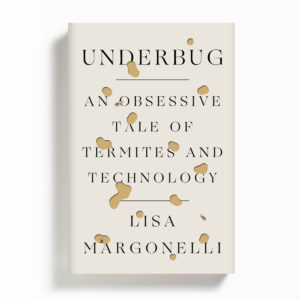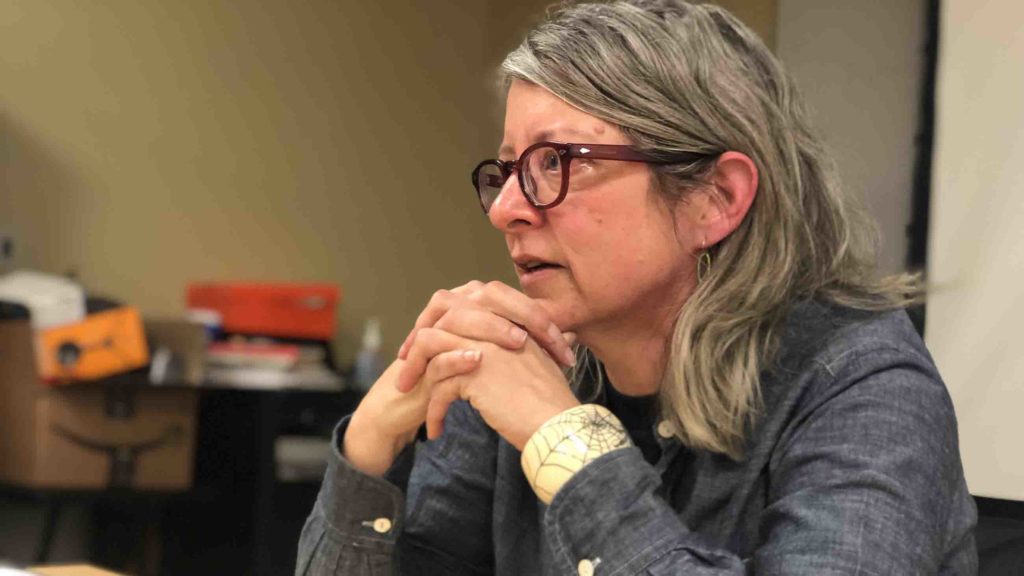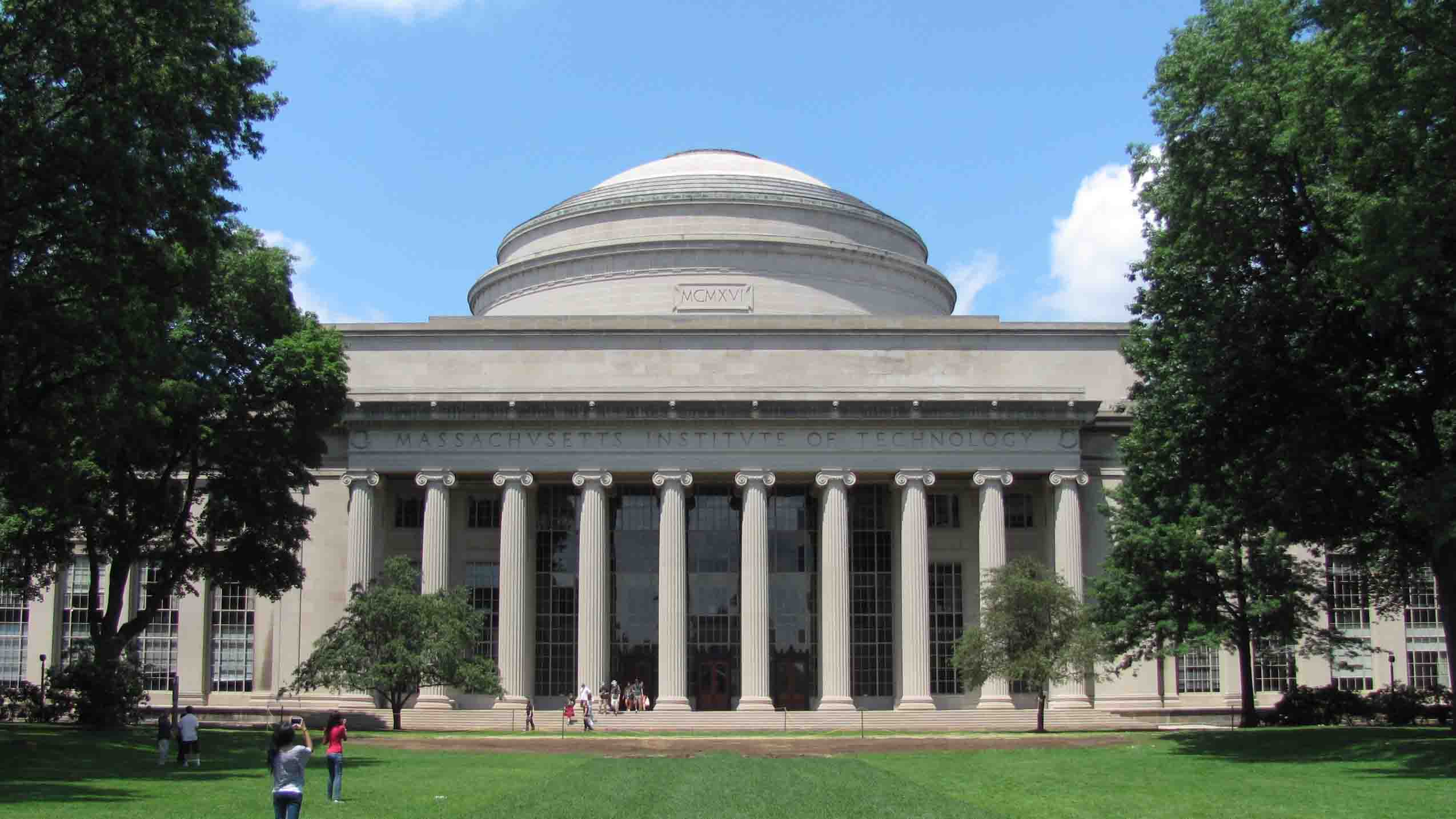In both her talk and her book, the veteran journalist used termites as a springboard to address themes like climate change, design, and the philosophy of writing.
Lisa Margonelli began her talk the way any termite aficionado might: with a photo of a pale, bloated queen. Around the oversized insect, worker termites scurried industriously. “They’re carrying the eggs away from the end of her,” Margonelli said, as she spoke to Knight Science Journalism fellows in March. “She’s got six little legs up there, but she can’t really move.”
The photos that followed were no less mesmerizing: towering termite mounds built with intricate tunnel systems and secret chambers populated by symbiotic fungi, snapshots of termites in Namibian deserts and abandoned Australian mines, and other memorable moments from the 10 years Margonelli spent researching her latest book, “Underbug: An Obsessive Tale of Termites and Technology.”
Then the veteran journalist’s talk took an unexpected turn. She springboarded — much like her book does — from termites to a discussion of much larger topics, including climate change, humans’ ability to comprehend complexity, and the work it takes to make a book just weird enough.
 “Termites are a guide to complexity,” she said. “They are a simple way to get into something that makes you quickly realize how little we understand.”
“Termites are a guide to complexity,” she said. “They are a simple way to get into something that makes you quickly realize how little we understand.”
Take even a single termite. Despite the insects’ reputation for gorging on lumber, a termite can’t digest wood on its own; it depends on symbiotic bacteria to perform even this, its most well-known behavior. In some cases, a “pet” fungus, one that exists wholly outside the termite’s body, does the digesting — though Margonelli says there is some debate about whether these fungi “belong” to the termites or the other way around.
In communities of termites, the interdependencies grow even more intricate. Like other social insects, it’s hard to tell whether each termite in a colony should be considered an autonomous unit, or if the colony itself is the organism — one whole composed of a million tiny moving parts.
And then there’s the unexpected roles the bugs play in ecosystems. “Termites are key to thinking about landscapes,” Margonelli said. “They organize these ecosystems…. They change the way fires behave. They change the way that nutrients are cycled in the soil.”
In 2013, after years of observing termite gut dissections, learning about termite robots, and getting to know the researchers who spend their lives with these insects, Margonelli started working on proposals for the book that would become Underbug. And like the termites themselves, she wanted the book to be strange.
“I was never going to write a straight-up, ‘This is termites, aren’t they great,’ book,” she said. But she also wasn’t quite clear on what she was going to write. Halfway through, she turned to her editors for advice.
Make it weird, they advised.
So Margonelli made it weird. And the only way to do that, she said, was through the hard work of examining her subject from every possible angle, looking for the nonobvious insights “that take you to a deeper understanding of what’s going on.” When she submitted her first full draft, plastered in Post-It notes, it was a 440-page tome that covered everything from the psychology of obsession to how termites might help us solve the global food crisis.
Some of the weirdness, of course, got left on the cutting room floor. So readers will not find an entire chapter on the history of polymerase chain reaction, or PCR, the process by which researchers can make millions of copies of a short strand of DNA. What readers will find is a 255-page book that tackles topics much larger than termites.
In an era when technology trends toward small, nimble, environmentally friendly design, Margonelli thinks termites have a lot to teach us. “Instead of making planes, we’re looking at little drones. We’re looking at very tiny things, and the termites inspire that kind of thinking.”





Leave a Reply